For this version of Basic Metal, we’re going to look again at 12 months two of Honda’s aluminum chassis experiment with the 1998 CR250R.
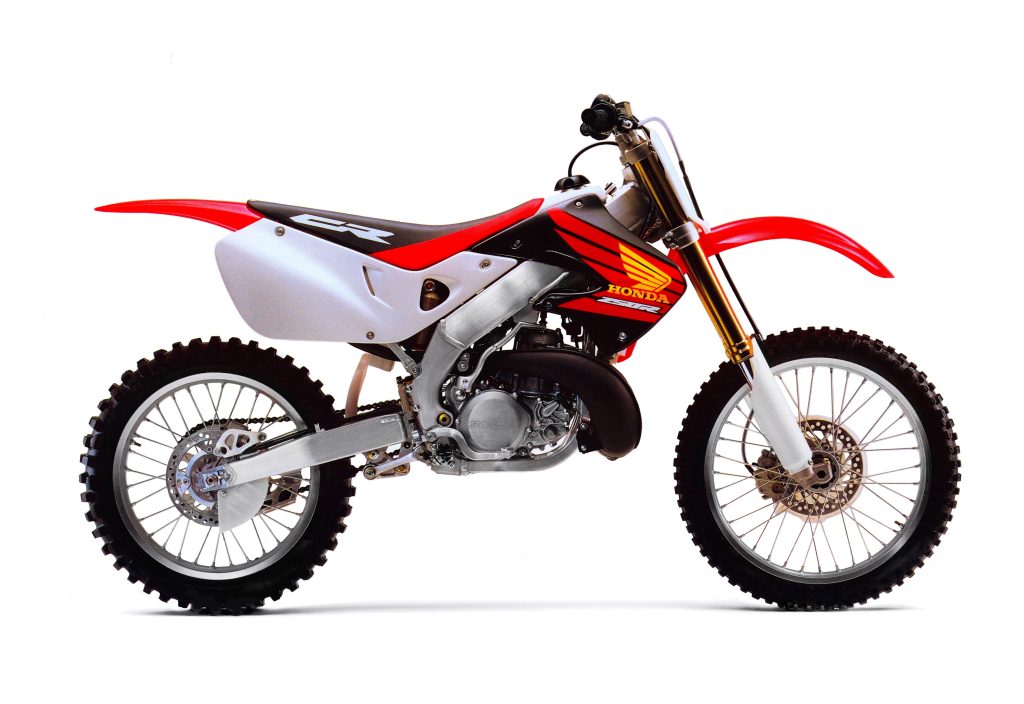
In 1997, Honda kicked off the beginning of the aluminum motocross chassis motion with the introduction of its groundbreaking all-new CR250R. Right this moment, it’s arduous to overstate the quantity of pleasure and anticipation surrounding the introduction of Honda’s alloy-framed marvel. On the time, Honda was on an unimaginable win streak with their CR250R dominating the skilled race standings for greater than a decade. Manufacturing unit riders Rick Johnson, Jeff Stanton, Jean-Michel Bayle, and Jeremy McGrath took Honda’s 250s to victory in each Supercross title from 1988 by 1996 with a number of out of doors titles as properly going to the pink machines. This period of domination made them the bikes to personal within the minds of many, regardless of some obvious inadequacies on the suspension entrance.
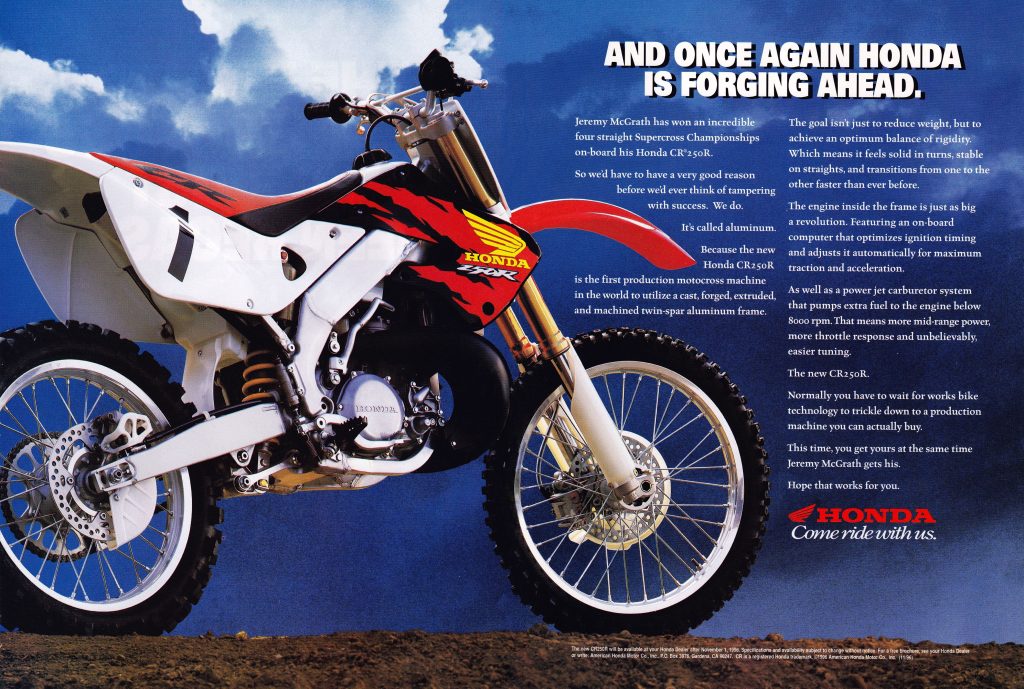
Initially, the evaluations for Honda’s new aluminum framed machine had been glowing. Journal editors cherished its spacy seems to be and praised its stout chassis and rocket-fast motor. Early evaluations had many pit pundits pondering Honda had hit a house run with their new machine, however these opinions started to shift as soon as testers and shoppers spent a bit extra time on the machine. Early reward for its “pro-ready” chassis turned to grumbles over its lack of compliance and harsh suspension efficiency. The motor and appears remained standout, however the harsh chassis, concrete seat, incessant vibration, and disappointing suspension made the ’97 CR250R a motorcycle straightforward to fall for however arduous to stay with.
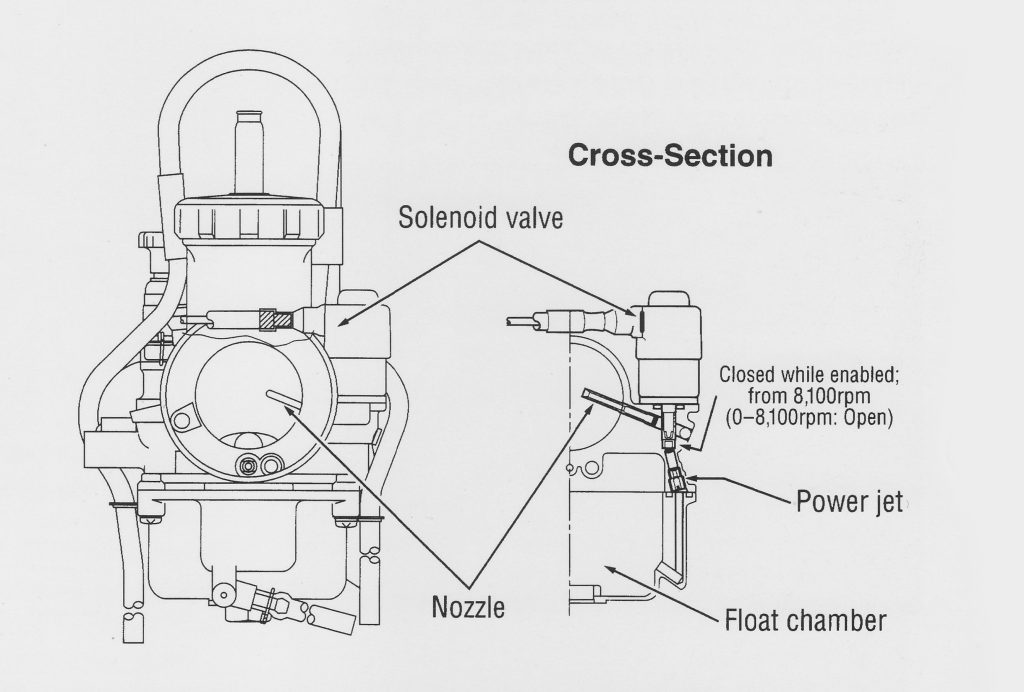
For Honda, many of the complaints levied on the all-new CR might be traced again to selections made within the pursuit of chassis reliability. Whereas aluminum frames had been in use on avenue machines for over a decade, no different main producer had tried to carry them to the off-road world. The distinctive calls for of off-road use offered a number of challenges to Honda’s engineers, and it was felt that stopping a high-profile failure was extra vital than offering the brand new CR250R with the outdated bike’s extra compliant really feel. This choice led Honda to err on the facet of sturdiness and beef up the ’97 CR’s chassis to the purpose the place it adversely affected its dealing with. On the reliability entrance, this strategy labored with the brand new alloy chassis proving to be extraordinarily rugged. Body failures had been uncommon, and Honda proved that aluminum might be used for motocross body development with none important penalties in reliability. The place the image grew to become much less clear was on the efficiency entrance. The ultra-stiff character that made aluminum good for road-racing purposes proved much less advantageous off-road. The ’97 CR250R’s chassis transmitted each rock, bump, and hump on to the rider’s arms and bottom and made the machine extraordinarily tiring to trip.
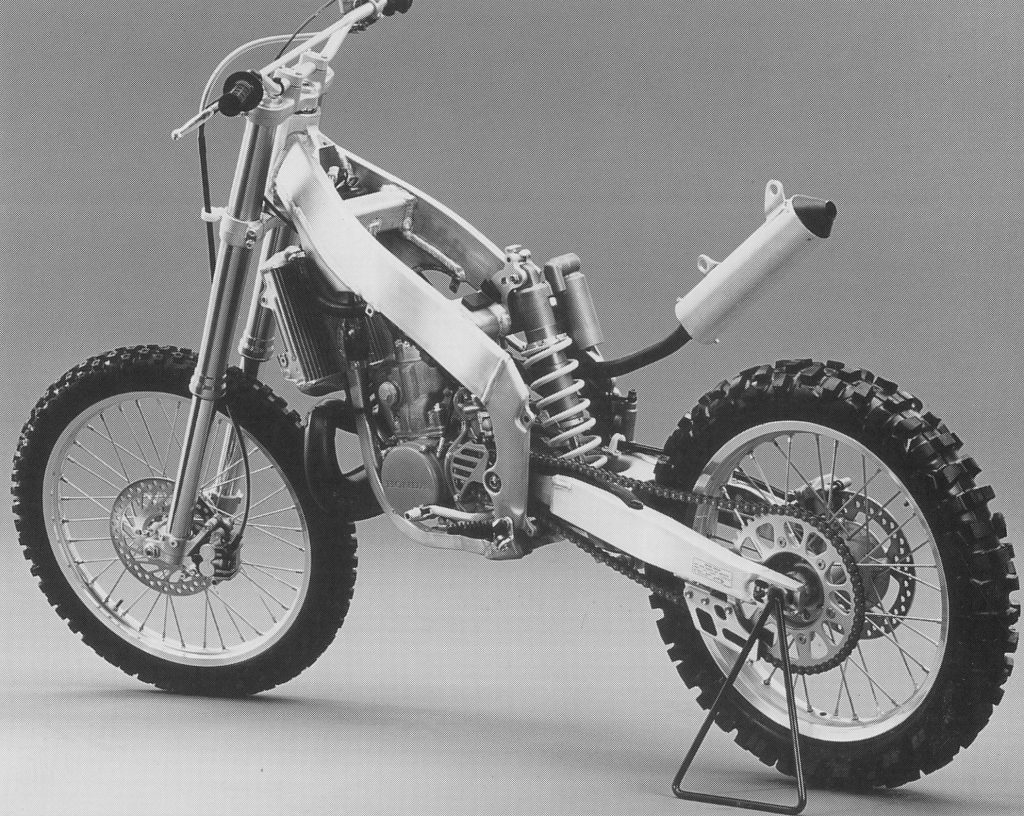
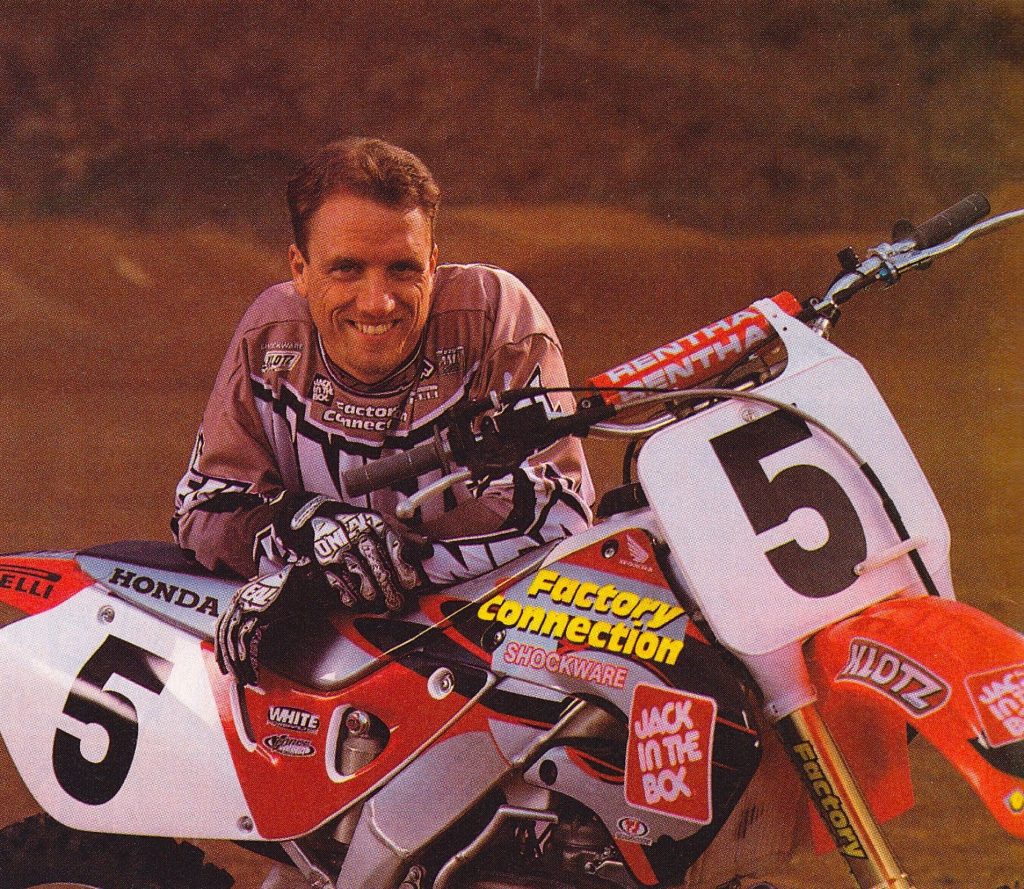
Whereas the evaluations for the brand new ’97 CR250R turned out to be fairly combined, its recognition within the showrooms was unquestionable. Riders snapped up the alloy-framed CRs in droves largely primarily based on hype and Honda’s status for successful. Daring in design, lovely to take a look at, and impeccably constructed, the 1997 CR250R was not the bike many had hoped it might be, however it did show that aluminum might be a viable alternative for motocross chassis design.
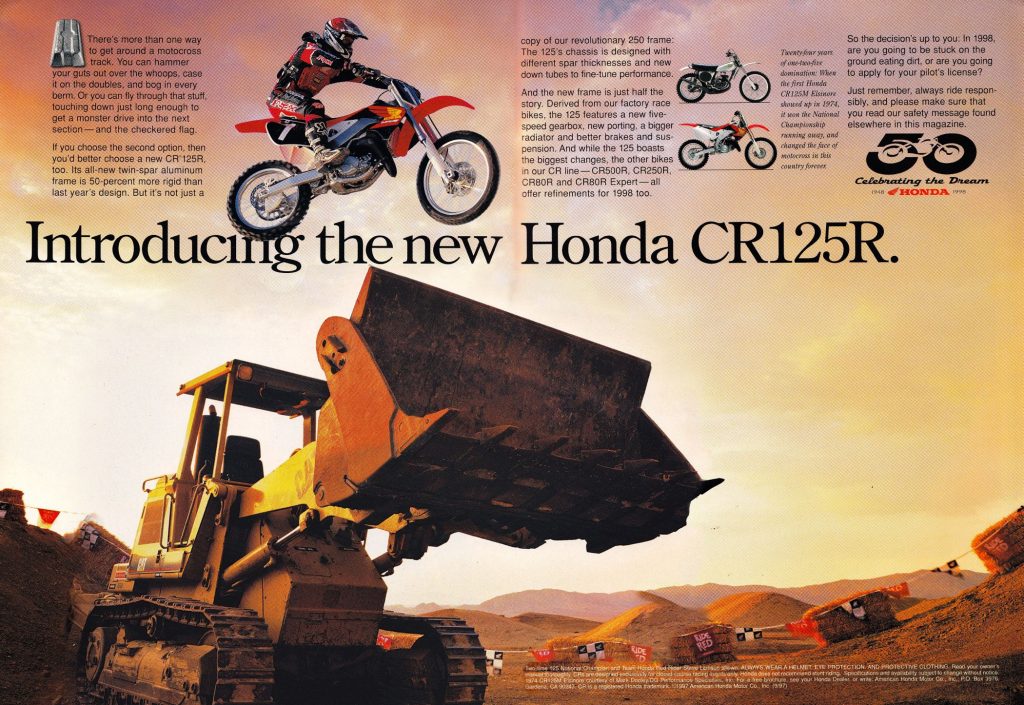
In 1998, Honda’s focus shifted to the 125 division with an all-new CR125R. The redesigned tiddler featured a model of the 250’s alloy chassis and a revamped five-speed motor. Lengthy the powerhouse of the 125 division, the hype for the all-new pink 125 was solely barely tamped down by the trepidation some felt in regards to the transfer to aluminum.
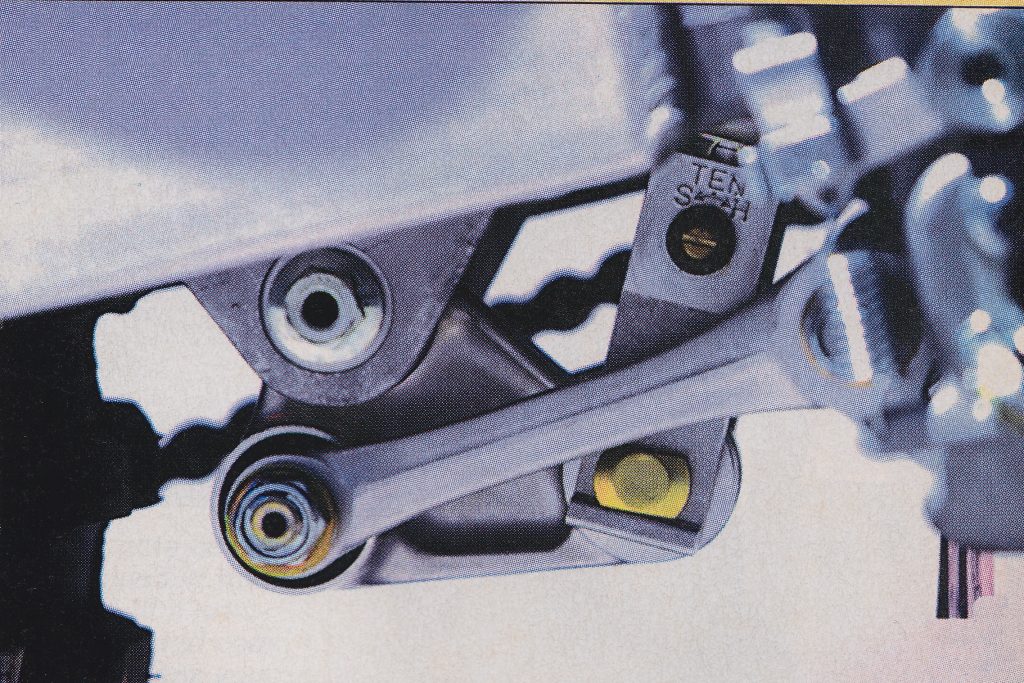
On the 250 entrance, the R&D division’s concentrate on the 125 meant a season of minor refinements for the CR250R. Lengthy the gold commonplace of deuce-and-a-half efficiency, the CR’s 249cc energy plant carried over largely unchanged from 1997. In use since 1992, Honda’s CRV (Composite Racing Valve) design was well-known for its lengthy pull and blistering midrange efficiency. For 1998, Honda revamped jetting on the 38mm Keihin PowerJet carburetor, added a brand new chrome steel clutch cable (for improved sturdiness), and repositioned the countershaft sprocket to higher align with the drive sprocket within the rear. Except for these minor modifications the CR’s motor was an identical to the 12 months earlier than.
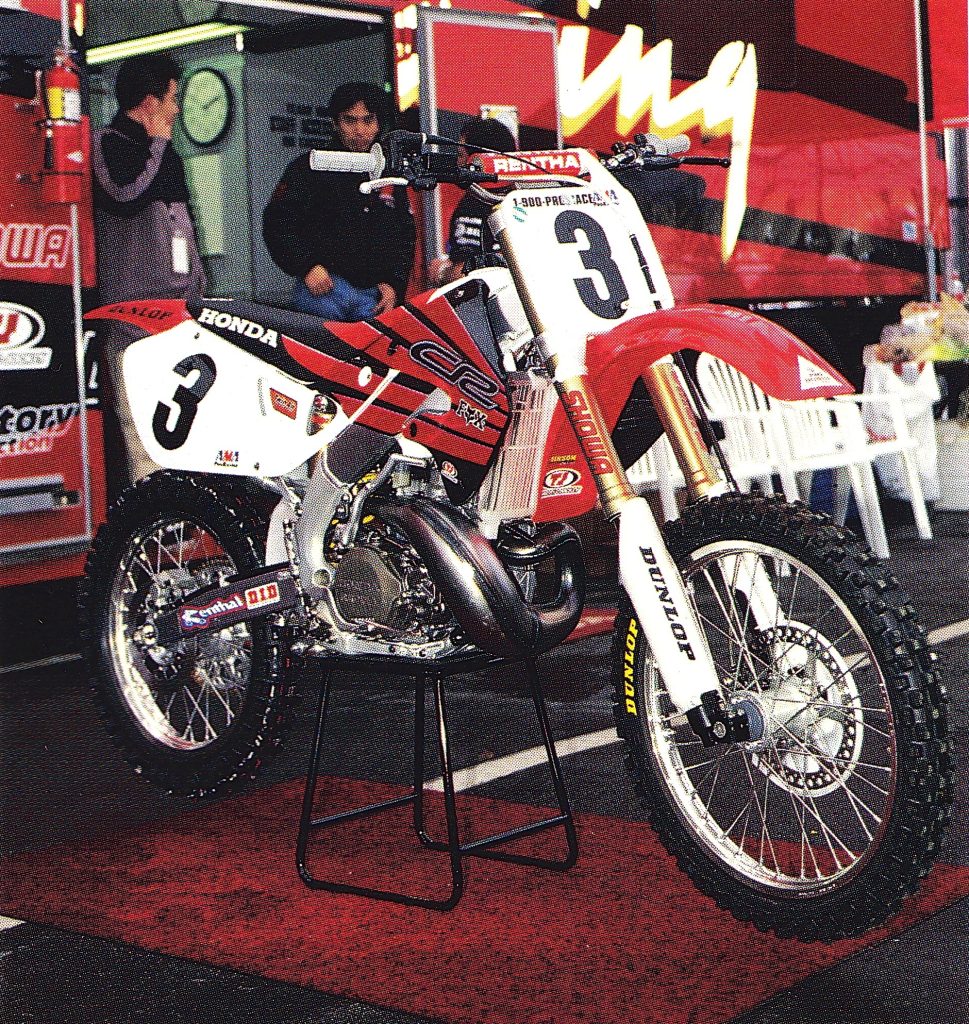
For 1998, Honda’s essential focus was bettering the dealing with and suspension really feel of the CR250R. The brand new body had proved sturdy and the bike was properly suited to arduous chargers, however most riders under the professional class discovered the machine’s harsh character off-putting. The brand new body additionally exhibited a vagueness within the entrance finish that was international to most riders accustomed to Honda’s conventional turning prowess. With that in thoughts, Honda made a number of important modifications geared toward bettering the CR’s dealing with and lowering its harsh really feel.
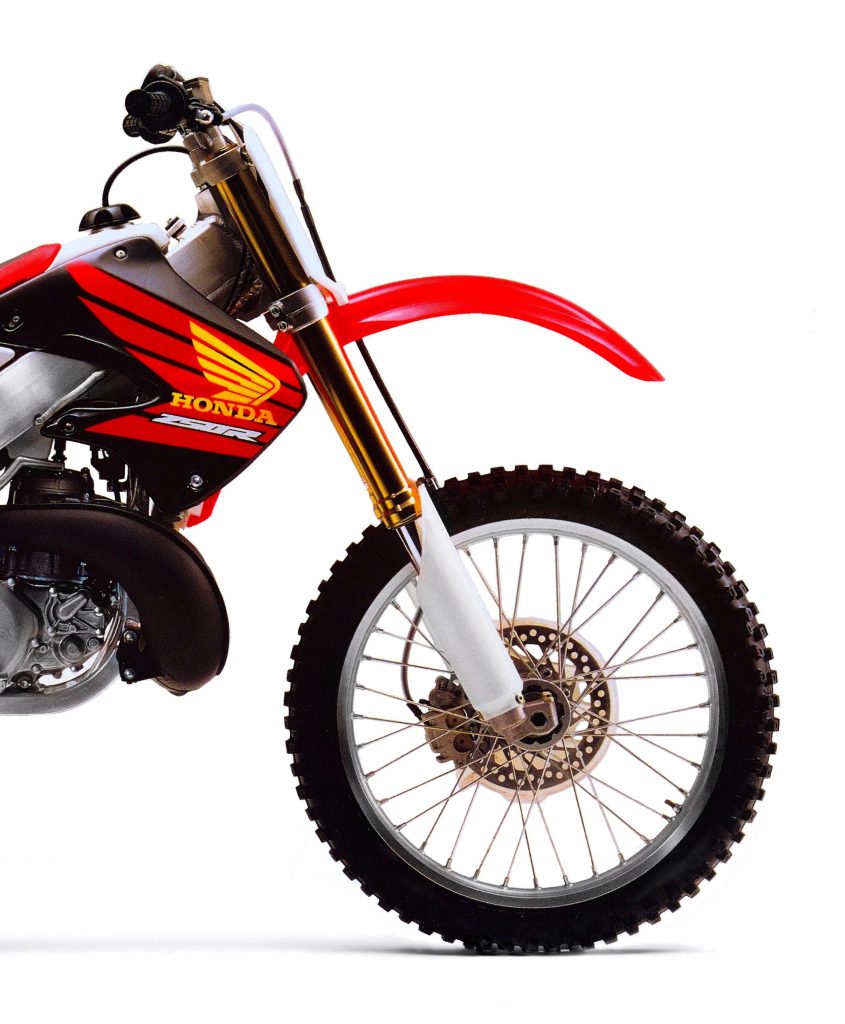
First up was an all-new Showa Twin-Chamber fork for the entrance finish. This new fork elevated journey by 9mm and added a plethora of friction-reducing methods to cut back stiction and enhance its motion. The springs had been polished to cut back friction and the inside tubes had been subjected to a liquid honing course of to insure they moved freely. A molybdenum coating was added to the internal floor of the outer tubes to cut back binding and additional release the fork’s motion. A brand new cartridge design featured a freer-flowing piston and decreased binding by permitting the spring to rotate throughout the fork because it was compressed. New settings decreased compression damping and a lighter spring was added to offer a smoother trip.
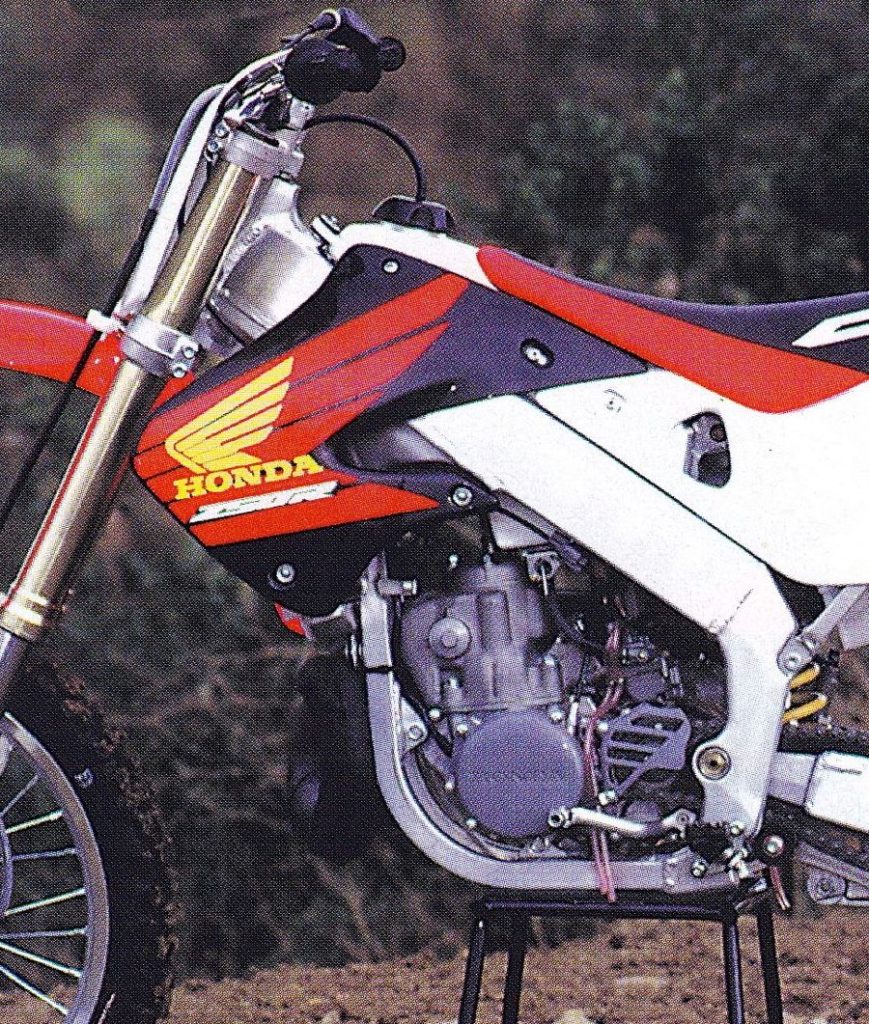
Within the rear, an all-new shock was added that when once more elevated journey barely. The brand new Showa damper was 14.5mm longer and featured 5.8mm extra shock journey than in 1997. Paired with the brand new shock was a redesigned linkage that featured a flatter curve for ‘98. The brand new linkage was designed to be barely stiffer initially and extra compliant because the shock reached the tip of its journey. This mixed with lighter damping settings and a softer spring was designed to carry again some plushness to the CR’s rear suspension.
The Fifth Dragon: Honda had fairly a presence within the 250 class in 1998 with Larocco’s Manufacturing unit Connection crew and Phil Alderton’s Honda of Troy squad using below the pink banner. Picture Credit score: N-Fashion
Along with the brand new suspension, Honda revamped the CR’s chassis fairly extensively. The body remained crafted out of 7000-series aluminum in a twin-spar configuration, however the geometry was all-new for 1998. The brand new chassis featured a steeper caster, shorter path, and decreased wheelbase to enhance turning. The brand new body additionally enlarged the lightening holes within the steering gusset by 4mm and revised a few of the welding strategies to carry again just a little little bit of flex to the chassis. A brand new subframe used thinner-walled tubing and a brand new seat featured softer foam to extend rider consolation within the rear. The swingarm was redesigned to work with the revised body and linkage and featured a 1.5 mm thicker cross brace to forestall twisting below heavy masses. Except for the softer seat foam and new graphics, the CR’s bodywork remained unchanged from 1997. The wheels, brakes, and controls had been all carryovers as properly with the CR persevering with to supply the best match and end within the class.
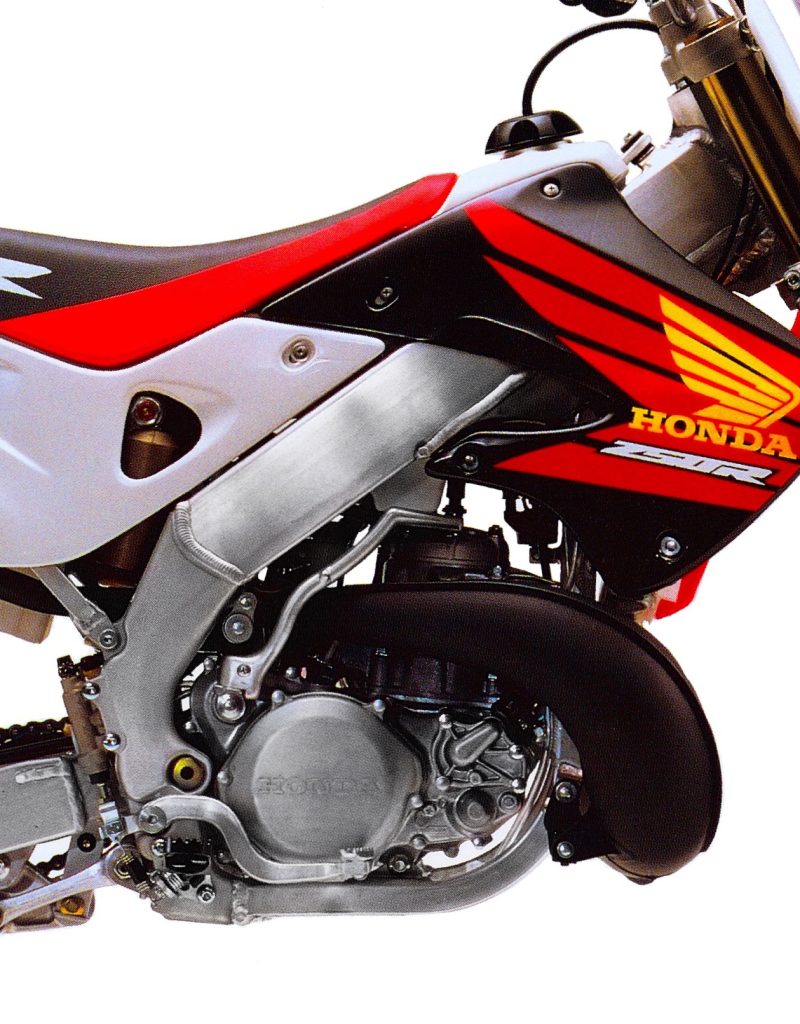
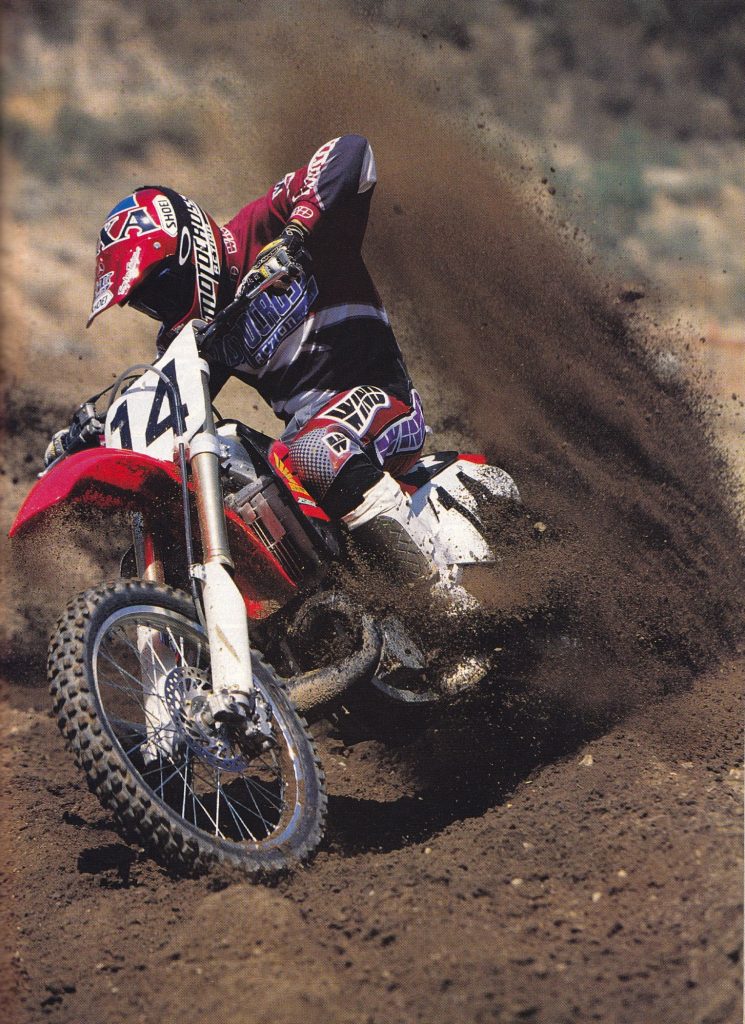
On the observe, the 1998 CR250R remained a wickedly quick however flawed machine. As in 1997, its motor was its best asset with novices and execs alike praising its superior output and infinite pull. Down low, there was not quite a bit occurring, however as soon as the CR hit the midrange it was all hearth and brimstone till the rider backed off or the CR was on the entrance. Some riders most popular the Kawasaki KX’s beefy low-end blast to the Honda’s shrieking top-end pull however each had been brutally efficient on the observe. On slick surfaces, the CR’s arduous hit and lack of torque might be a hindrance, however so long as there was traction, the CR was the quickest gun within the West. When mixed with its flawless shifting, bulletproof clutch, and unimpeachable report for reliability, the CR had what many thought-about to be the proper 250 energy package deal in 1998.
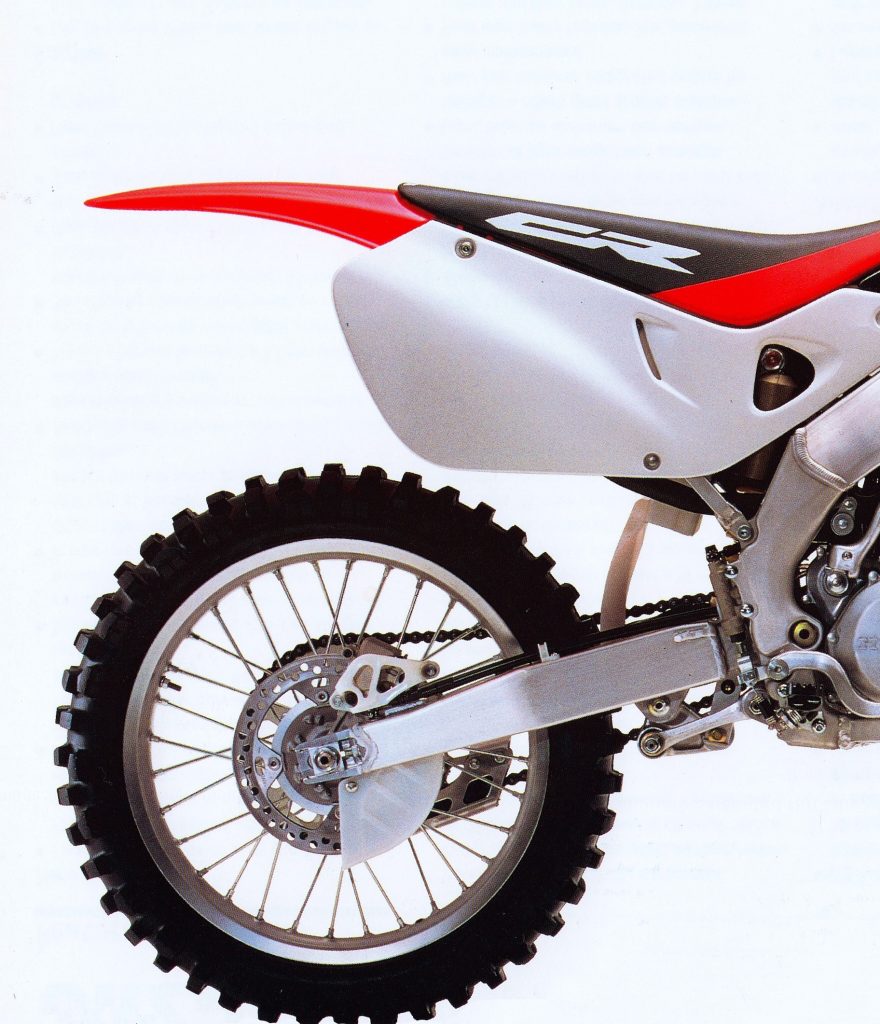
The place issues as soon as once more went pear-shaped for the Honda was within the chassis division. The body and suspension modifications geared toward softening its persona didn’t transform significantly efficient. The chassis remained very delicate to trace situations and proved essentially the most finicky of the Huge 5 to arrange. Settings that labored at one observe felt fully improper at one other and the Honda pilot was left chasing sag and suspension settings way over on the opposite machines within the class. If you happen to did get the setup proper the Honda was an honest handler, however its days because the carving knife of moto had been previously. In sluggish corners the entrance finish exhibited a push, and at pace, it was nonetheless a little bit of a shaker. Nobody declared it an absolute roach, however it was removed from the perfect handler within the class.
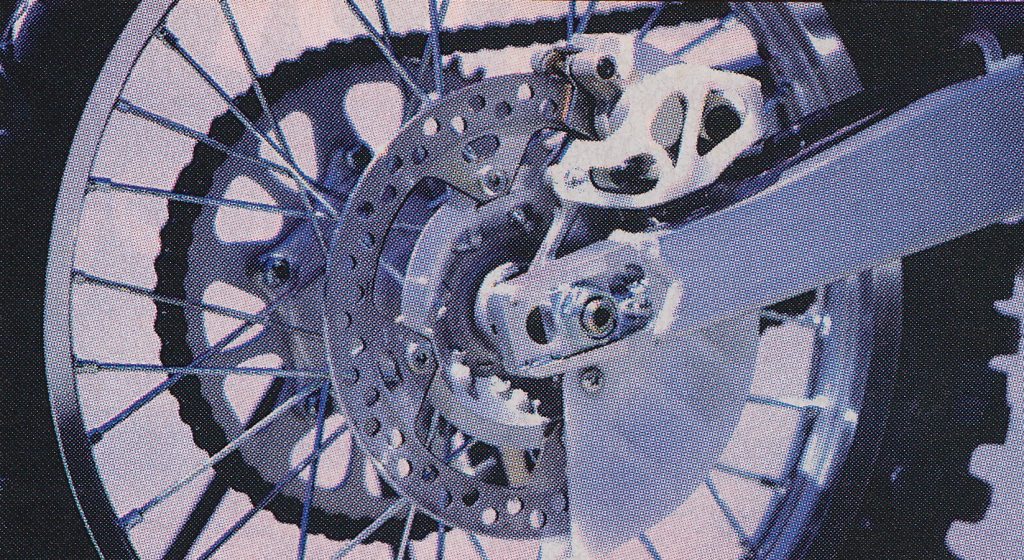
A few of this chassis imprecision needed to do with the CR’s suspension, which continued to disappoint regardless of its many upgrades for 1998. The brand new fork settings had been too gentle initially which brought about them to dive below braking and cling down of their journey. This upset the chassis stability and brought about the entrance finish to really feel harsh because it moved too shortly into the heavier a part of its damping curve. There was notably much less stiction than previously and the fork exhibited much less of the harshness Honda had turn out to be well-known for, however on arduous hits, it blew by its journey and left many wanting stiffer springs at a minimal. Execs had been significantly sad with the inventory settings however even novices felt that Honda had gone too far within the pursuit of extra compliance. With some stiffer springs and a little bit of oil fiddling the forks might be made satisfactory however even with these upgrades, the CR’s legs had been a few of the least common within the class.
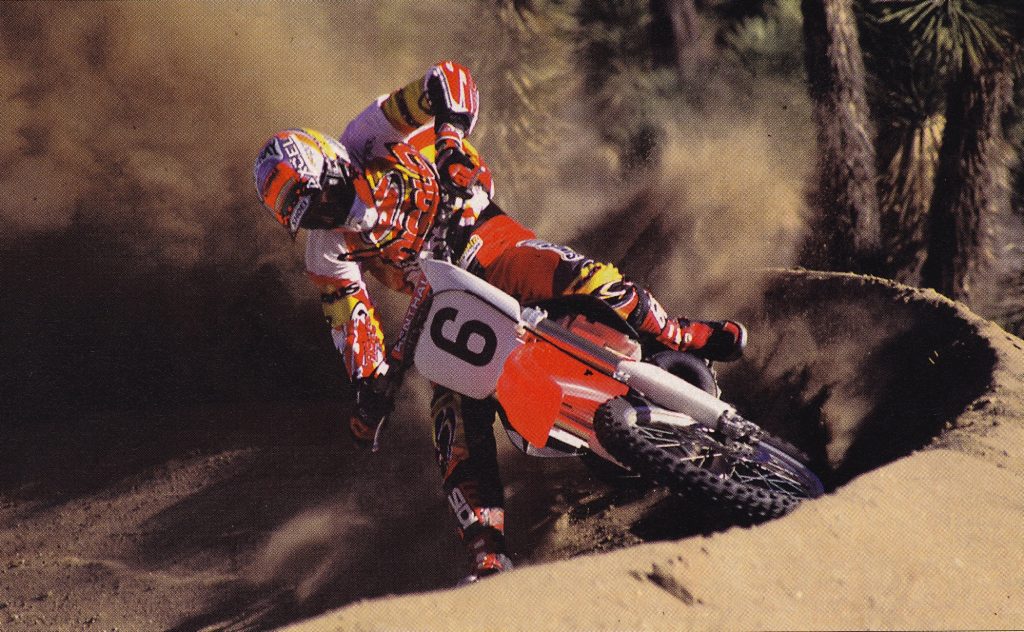
Out again, the story was a lot the identical with the brand new settings delivering a very gentle and uncontrolled trip. The shock’s mild damping brought about it to maneuver excessively in turns and upset the chassis stability. The shock prolonged an excessive amount of below braking and squatted abruptly below acceleration. If you happen to tried to dial up extra damping to get the motion below management, then the shock grew to become harsh. The alloy chassis imparted a “lifeless” really feel to the rear finish and the CR thudded into obstacles that machines just like the KX floated over. Even lighter and slower riders commented on the Honda’s sub-par shock motion and practically everybody felt the CR wanted stiffer springs and a revalve to be aggressive. If you happen to had been sluggish and below 150 kilos, then the inventory suspension was raceable, however for everybody else, each ends had been going to wish some severe work.
Lusk’s ’98 out of doors season was much less profitable than his indoor marketing campaign, with a single victory at Excessive Level being the spotlight of his motocross season. Picture Credit score: Motocross Motion
On the detailing entrance, the Honda remained the category of the sphere in 1998. The bodywork match completely, wore properly, and seemed nice except for the ugly grey smears the aluminum body transferred to the facet panels. The alloy body additionally seemed new far longer than the painted metal competitors. The brakes labored flawlessly and delivered essentially the most chunk and greatest really feel within the class. The inventory metal bars had been remarkably robust and stronger than many aftermarket aluminum options. Likewise, the Honda’s solid levers had been of upper high quality than the solid elements discovered on many different manufacturers and will stand up to an excessive amount of abuse with out snapping or failing. The grips had been additionally fairly comfy, and many individuals didn’t really feel the necessity to change them till they had been broken or worn out. Whereas the clutch lever’s form was fairly comfy as properly, its pull left some riders in search of a hand exerciser. It was far heavier than the ultra-light Suzuki’s, however its sturdiness was with no peer. So long as you saved the fluid recent, the Honda’s clutch and transmission had been essentially the most sturdy within the class.
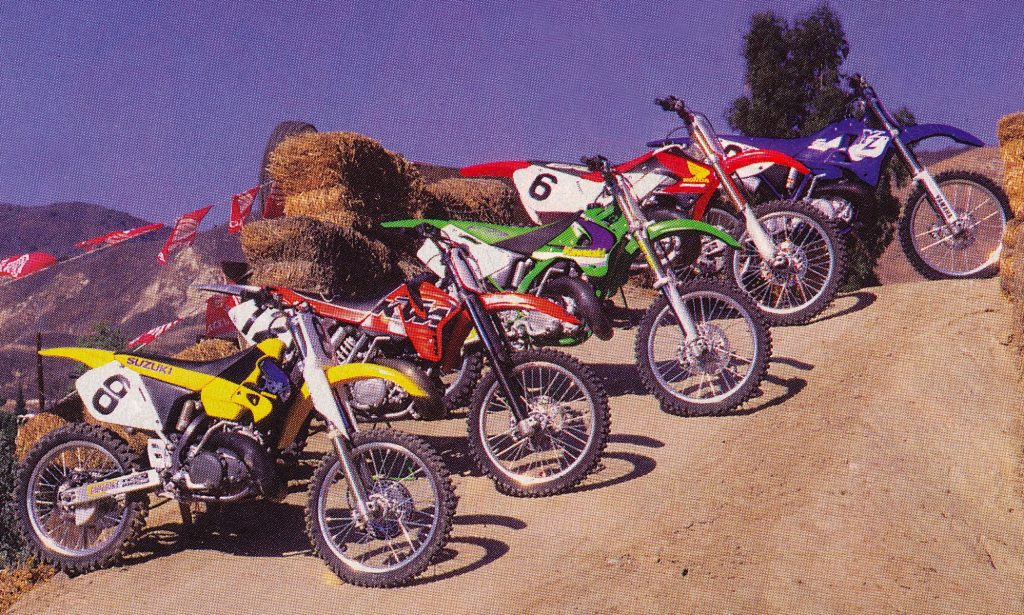
On the not-great facet of the ledger had been the CR’s annoying vibration, hefty really feel, and lack of general consolation. Vibration by the chassis was a relentless annoyance and the brand new softer seat was nonetheless nearer to a block of concrete than a Lazy-Z-Boy. The extensive body and distinctive chassis really feel additionally made the bike really feel greater and heavier than the size would point out. Regardless of being the lightest bike within the class and undercutting some rivals by as a lot as ten kilos, the CR felt like one of many heaviest. This was not simply addressed, however no less than an aftermarket seat and a change to the CR500’s rubber-mounted prime clamp might do quite a bit to cut back the tingle and enhance bottom consolation.
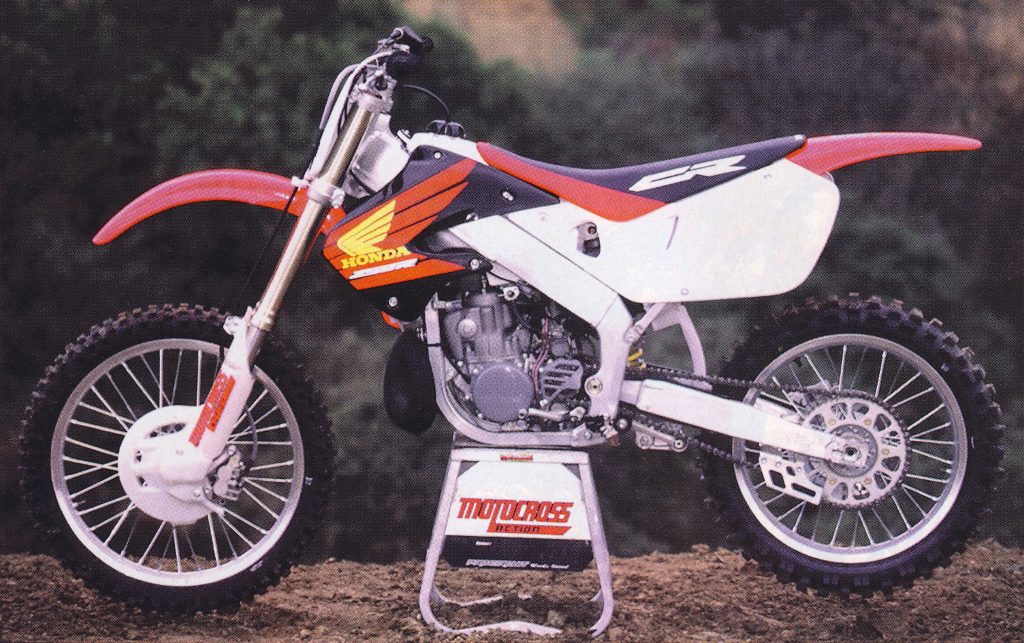
General, the 1998 Honda CR250R proved to be a disappointment in lots of respects. It nonetheless provided the Motor of Doom, however its alloy chassis and revamped suspension had been nonetheless a piece in progress. No different bike on the observe was as quick, properly constructed, or leading edge, however that edge lower each methods. The alloy chassis that captured rider’s imaginations the 12 months earlier than was nonetheless a bit too massive, cumbersome, and overbuilt, and Honda’s efforts at firming down that harshness with softer suspension settings turned out to backfire. The bike might actually win in the correct arms, however for many riders, the 1998 CR250R was a bit too far out on the bleeding edge to be the proper motocross weapon.
To your every day dose of motocross goodness be certain to present me a observe @tonyblazier on Instagram and Twitter
The post “Maxxis Tires” – Basic Metal 180 “1998 Honda CR250” – PulpMX appeared first on lickscycles.com.
source https://lickscycles.com/maxxis-tires-basic-metal-180-1998-honda-cr250-pulpmx/
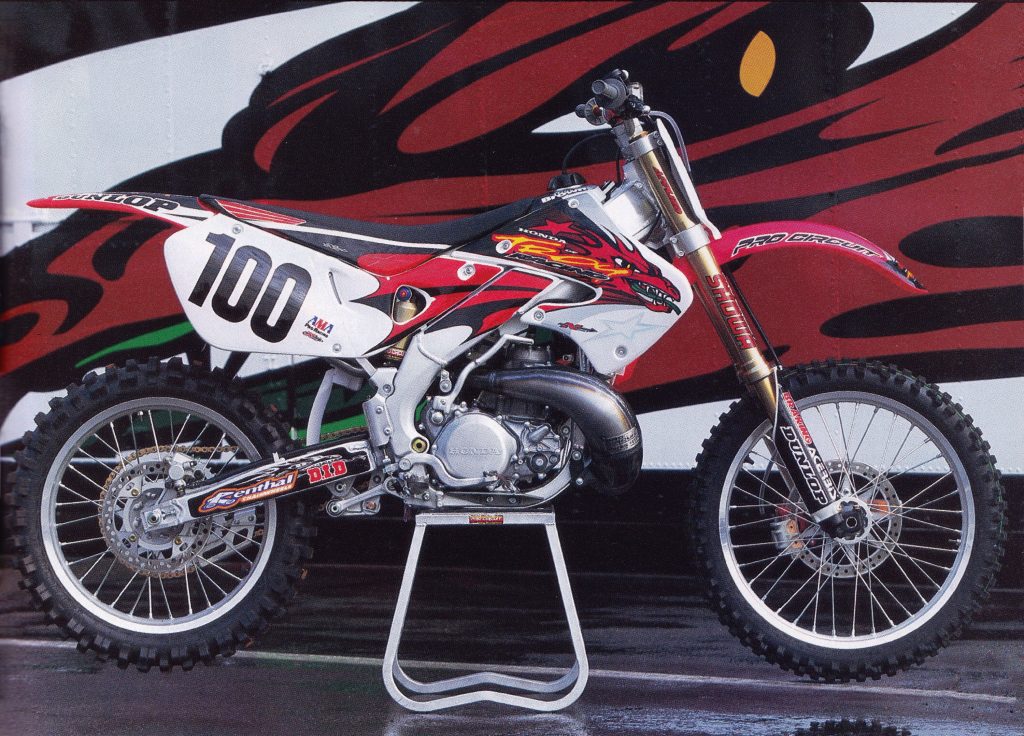
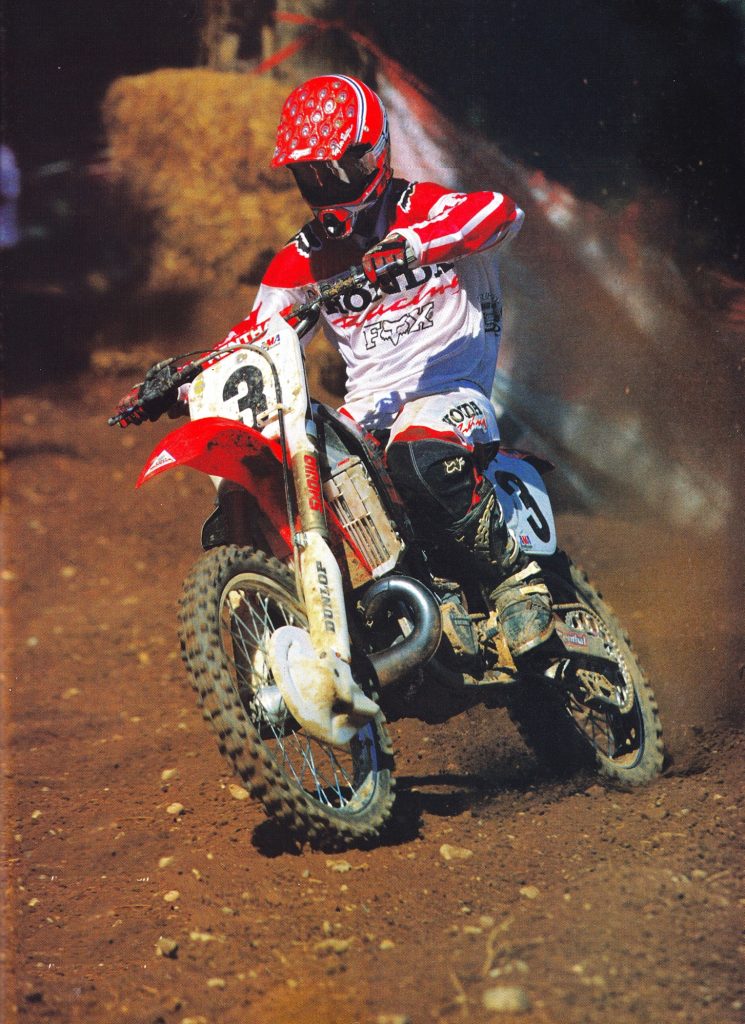
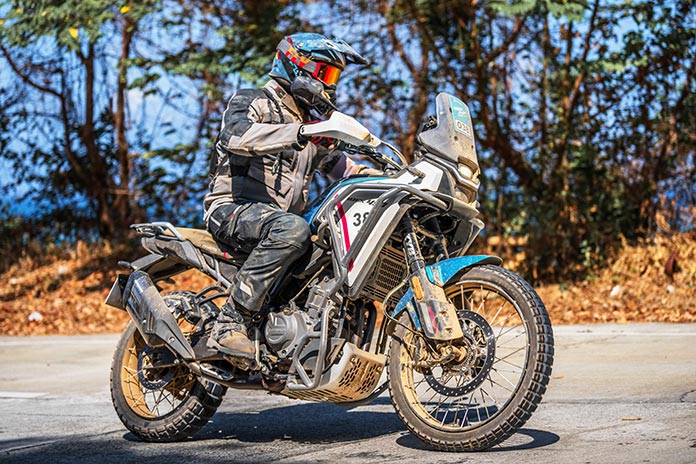
No comments:
Post a Comment